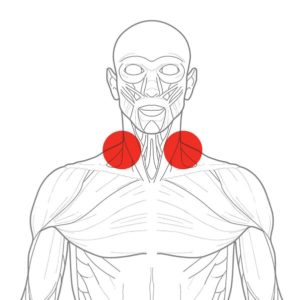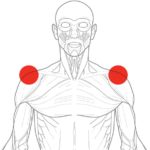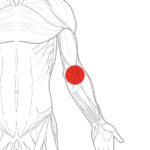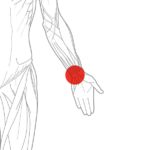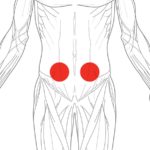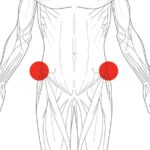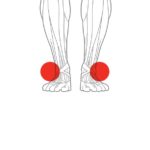The Five Frequently Asked Questions of Prehab
Heather Raftery
Here are the five most common Frequently Asked Questions we receive about BJJ Prehab, and prehab in general.
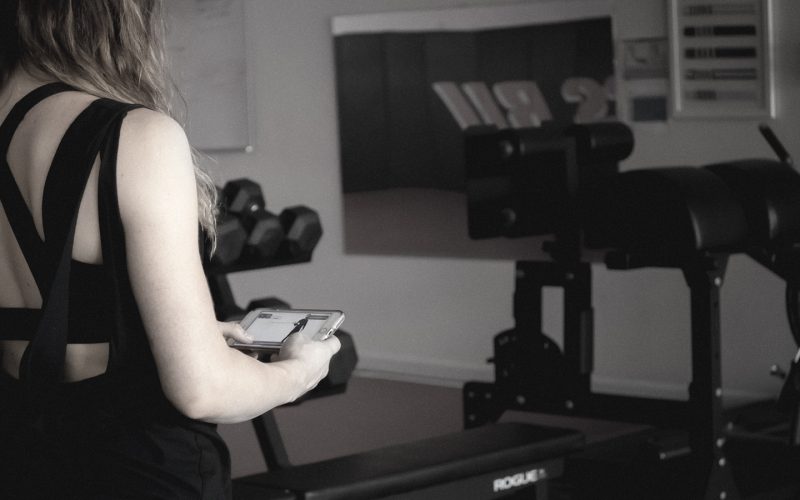
The Five FAQs of Prehab
So, you’ve finally realized the importance of BJJ injury prevention, and decided to join the prehab bandwagon. Or maybe you’re still on-the-fence and you’re curious to learn more… Either way, you have questions about prehab. Great! Because we have answers.
Here are the five most common Frequently Asked Questions we receive about BJJ Prehab, and prehab in general.
1. What is the difference between prehab and rehab?
The most common question we get about prehab is what’s the difference from rehab? We’ve gone into more detail about the difference between prehab and rehab in a previous article. However, in summary, rehab refers to the body-region specific exercises designed to rehabilitate an injury. Prehab is a full-body routine made up of randomized prevention exercises designed to prevent an injury from occurring, by strengthening the muscles and joints, and increasing flexibility, range of motion and motor control.
If you’re already rehabbing an injury, your prehab workout will be complimentary to your rehab routine. This is because prehab is founded on similar knowledge as rehab. When you join BJJ Prehab, you will receive a questionnaire to assess your needs. If you rate a particular body part low on our scale, we’ll know that’s an area that needs special attention. In fact, it’s likely that you’re compensating for that injured limb or body part and putting stress on another part of your body. Therefore, it’s important that you’re not only rehabbing to recover, but also prehabbing to prevent further injury elsewhere.
That being said, if you have already been rehabbing an injury, we suggest you consult with your physical therapist before you begin BJJ Prehab or any other kind of exercise program. He/she will know your injury and stage of recovery best, and will be able to clear you for that program and provide critical advice as to what you should or should not be doing.
2. Do I need any special equipment?
Most of the prehab movements you will see in your BJJ Prehab workouts will not require the use of any equipment. But a few will. However, they are by no means specialized.
We’ve provided a list of the items you need on our website, with links to where you can purchase them. They include:
- Long band with handles and door stopper attachment – we suggest the blue “heavy” resistance
- Loop bands – comes in a set of five, with various resistances
- Foam roller – we suggest the long 36” x 6” version
- Tennis balls – sold in a pack of three, a lacrosse ball will also work
If you don’t want to purchase them online, you can also find them in sports/exercise section of your nearest Target. You may also find all or most of these items at your home gym or academy.
3. Do I have to be in shape to do prehab?
Another great question we get about prehab is if you have to be in shape first. Absolutely not! While “in shape” is certainly a relative term, you still do not have to at any specific level of physical fitness to do prehab. When you join BJJ Prehab, you will fill out a personal questionnaire, which will assess your ability to perform certain movements (such as holding a plank for at least 60 seconds). You will also rate your mobility, strength and flexibility. With this information, you will receive an individualized workout plan tailored to your needs and abilities.
If you think you’re out of shape and you’re training jiu-jitsu, that’s even more of a reason to be doing prehab! The rigors of jiu-jitsu training – especially if you don’t choose your training partners wisely – can put you at risk of a BJJ injury. This is especially so if your body is not prepared to withstand the sometimes unpredictable movements that occur during BJJ. In fact, even those jiu-jitsu practitioners with six-pack abs can be considered “out of shape” prehab-wise, if they have limited mobility in their joints that puts them at risk of injury.
In sum, yes, you should be doing prehab whether or not you feel “in shape”.
4. Do I need prehab when everything feels fine?
There’s an old saying by Benjamin Franklin that goes: “an ounce of prevention is worth a pound of cure.” Because prehab is focused on injury prevention, the most optimal time to be doing it is before an injury occurs… when “everything feels fine.”
Prehab will not demand a lot of time out of your day. In fact, your BJJ Prehab routine will only take between 10 and 20 minutes a day, three to five days a week. For only one hour of the week, you’re making a tremendous investment into your longevity on the jiu-jitsu mat. Compare this to an injury. You might take days, weeks, maybe even months off the mat. Add to this potentially hours of rehab each day, and possibly even steep medical expenses. You do the math.
When is the best time to do prehab, before or after training?
There is no best time to do prehab… just a best time for you. Everyone is different. The important part is that you are doing it, regularly and consistently. Maybe the best time for you is right after you wake up, when you know you have some time before you get ready for your day. Or maybe you usually arrive to the academy half an hour before class starts; instead of just sitting around wasting time, use it productively. Or maybe you like to do your prehab after your body is warm from training.
We’ve found that the “best time” is when you have time, whether that’s before training, after training, before breakfast, during your lunch hour, or whenever. Find a time that always works for you, and you’re bound to be more consistent with it than trying to make time within your already busy schedule. Here’s an article on how to make BJJ Prehab a part of your weekly routine.
If you have any additional questions about prehab, BJJ Prehab, or physical therapy, feel free to reach out to us!
Heather Raftery is an Atos black belt, freelance writer and social scientist (BA in Journalism and Anthropology, MA in International Studies). She has written for FloGrappling, Jiu Jitsu Magazine, Fighters Market and BJJ Prehab.


